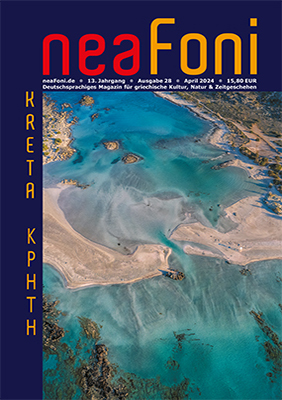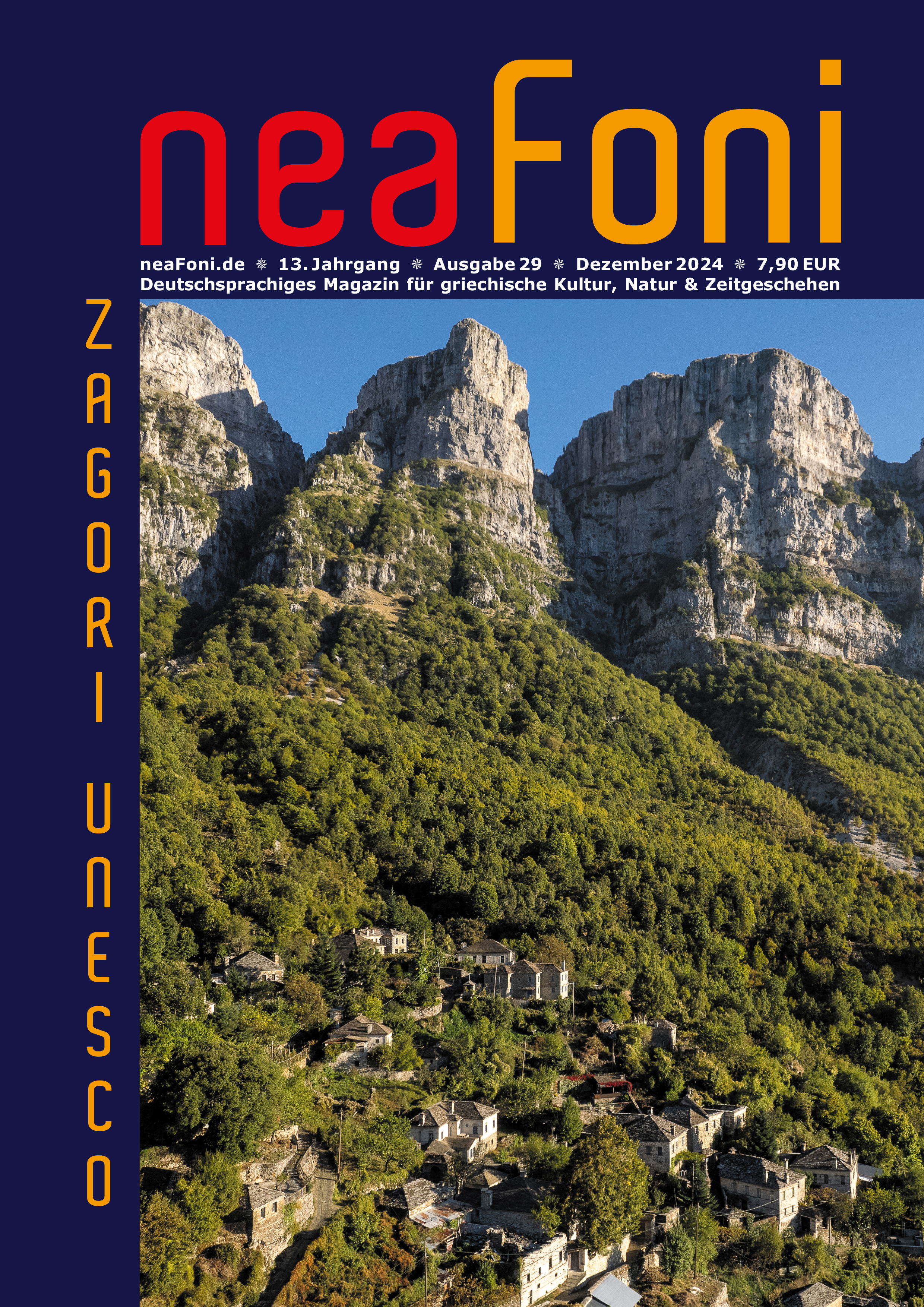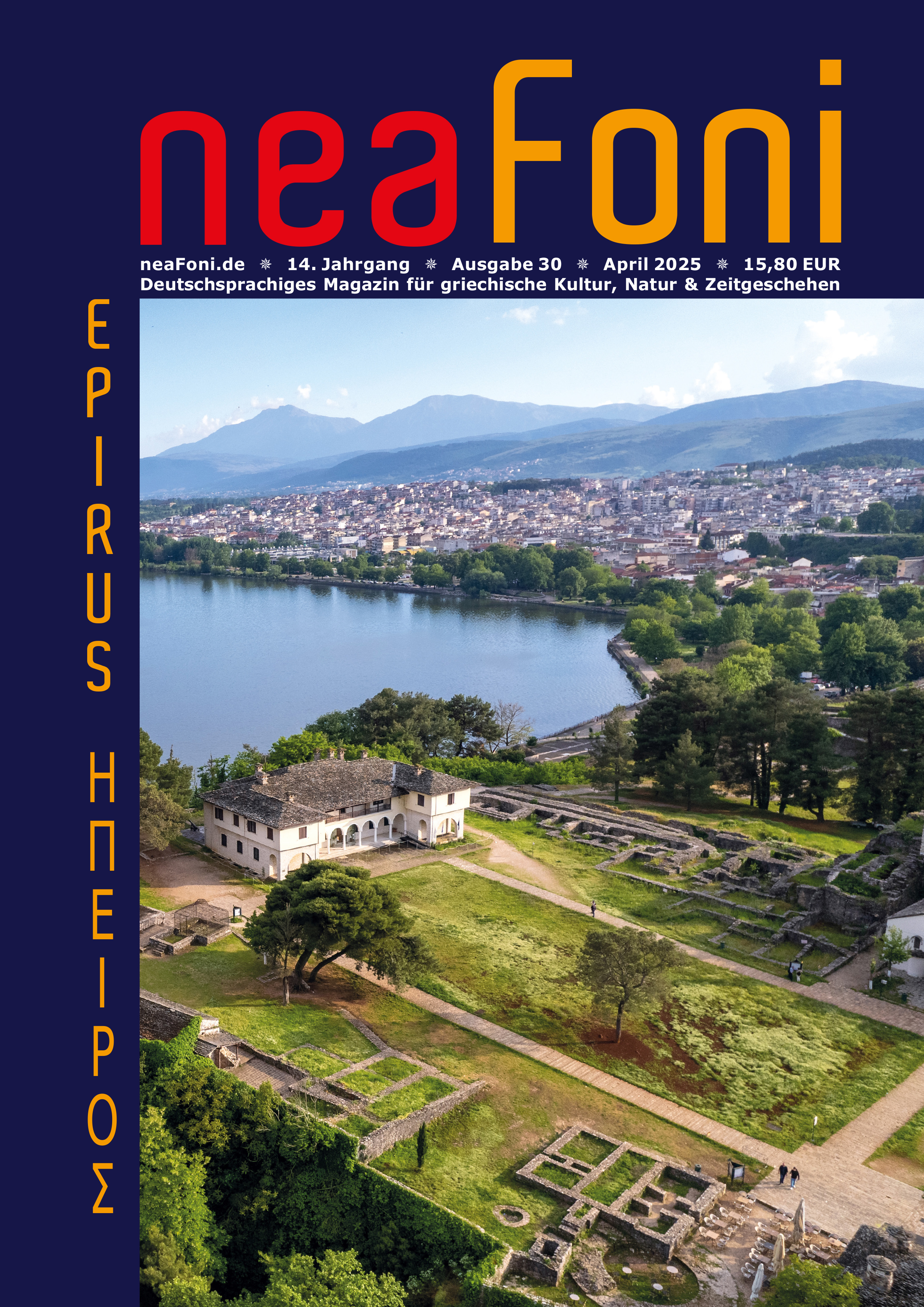Ausgrabungen
275 Wörter 1 Minute 2.682 × gelesen
1.544 Wörter 6 Minuten 23.700 × gelesen
1.629 Wörter 6 Minuten 1.374 × gelesen
292 Wörter 1 Minute 1.309 × gelesen
Festland - Makedonien
472 Wörter 2 Minuten 1.607 × gelesen
Gesellschaft
407 Wörter 1 Minute 807 × gelesen
6 Artikel gefunden in 3 Artikelgruppen
155 Bilder gefunden




